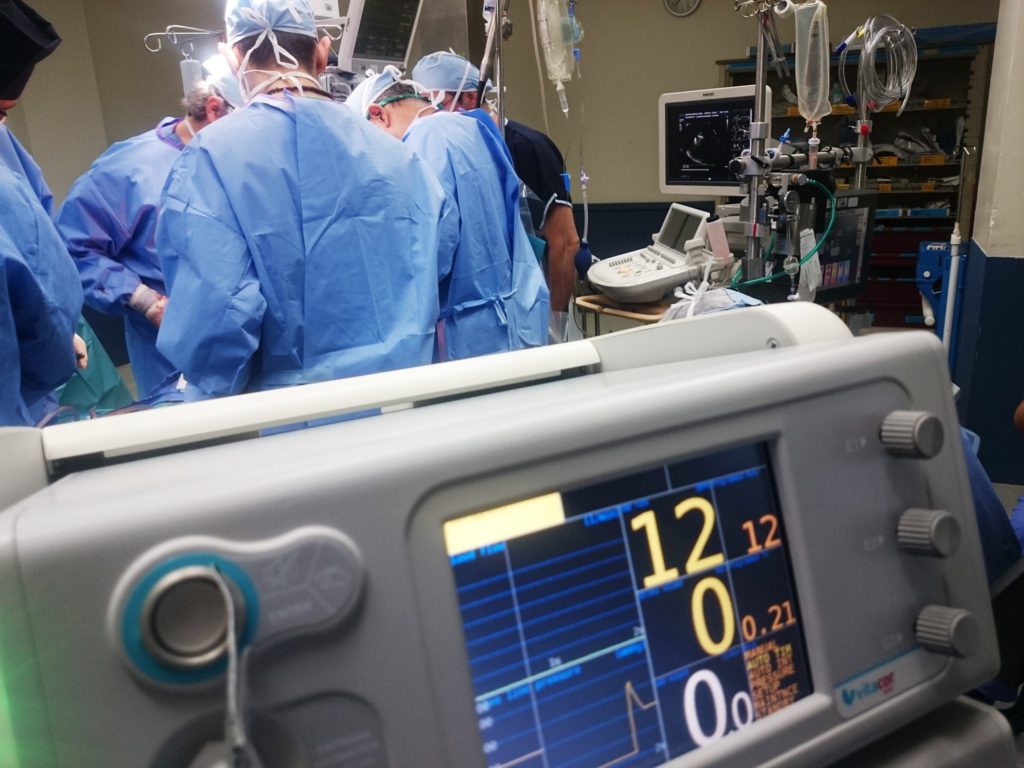Jahi McMath Was Not Brain Dead
Originally published at National ReviewReaders may recall the sad case of Jahi McMath out of Oakland, Calif. In 2013, Jahi experienced a severe bleeding event after throat surgery and a subsequent cardiac arrest. She was successfully resuscitated, but her brain was catastrophically injured from loss of oxygen. Doctors at Oakland Children’s Hospital declared her brain dead and announced plans to remove Jahi from life support.
Not so fast. Jahi’s mother, Latasha “Nailah” Winkfield, did not believe her baby was dead. She sued to keep her daughter’s life support maintained. It made national headlines. Eventually, a deal was worked out in which California issued a death certificate and Jahi was transferred to her mother’s care still attached to life support. Nailah moved Jahi to New Jersey that permits a religious exemption from brain death, insisting that her daughter was severely disabled, but alive.
I initially supported the brain-death declaration, but changed my mind over time when Jahi’s body did not begin to breakdown, as almost always happens in brain-death cases. Moreover and far more importantly, the noted neurologist Alan Shewmon reviewed the tapes of her seeming responsiveness and opined that while she met the criteria for brain death at the time, he believed she wasn’t any longer. He stated under penalty of perjury that she was not dead, but severely disabled. (Shewmon does not believe that brain death is a legitimate diagnosis.) I wrote about these twists in Jahi’s story repeatedly.
Well, it now turns out that Nailah and Shewmon had it right. An article detailing the results of examination of Jahi’s brain by another neurologist, published in the respected Journal of Neurosurgical Sciences, explains precisely why she was not really brain dead. meaning, she was not dead at all. Rather, the doctor opines that she experience a severe cognitive disability of a kind not observed heretofore. From, “Jahi McMath: A New State of Disorder of Consciousness“:
BD has been characterized by the loss of all HRV power. On the contrary, all HRV bands, BD were preserved in this patient, demonstrating preservation of autonomic function. Moreover, autonomic reactivity to “mother talks” stimulation demonstrated remaining function at different levels of the central autonomic system. These results support Dr. Shewmon’s analysis of Jahi McMath’s videos, who emphasized that her movements reflected responses to her mother. . . .
Jahi McMath was a rare and argumentative case. The concept of BD is not denied with the discussion of this case but brings back the debate of using or not ancillary tests in BD confirmation.
In conclusion, Jahi was in a new state of disorder of consciousness, non-previously described, that I have termed as a “responsive unawake syndrome”
So much for the arrogance of, “The mother just can’t accept reality,” or, “She is in it for the money,” disdain that was thrown at Nailah constantly by people who loathed her for fighting for Jahi’s life. Perhaps one lesson in this tragedy is that doctors should be less dismissive of loved ones’ perspectives in cases like Jahi’s (and Terri Schiavo’s, among others).
On a personal note: I had the great honor of visiting Nailah and Jahi in New Jersey, a visit arranged by Terri Schiavo’s brother, Bobby Schindler, who, almost alone in the world, stood courageously in solidarity with Nailah during the entire ordeal. For what it is worth, I found her to be a mother who was very aware of her circumstances and fighting fiercely for her beloved daughter’s life without ulterior motives.
It was a day I shall never forget. Nailah asked Jahi to touch her right index finger and thumb together. Jahi appeared to be trying to comply — it was hard to say for sure, but her hand began to shake. A few minutes later, I saw her slowly move her thumb and forefinger together and touch them. I nearly jumped out of my shoes, as she complied precisely with what Nailah had asked of her. It is important to note that Jahi’s digits did not “jerk” or “twitch” during the movement, as one would expect from an involuntary action. Rather, it appeared entirely volitional and controlled.
So, I am not surprised that Jahi was not really dead for all those years she lived in New Jersey. I wrote — and still believe — that scientists around the world should want to know more about her case and to further explore the brain-death diagnosis. Hopefully, this article will spark renewed interest. People need to have faith that when a loved one is declared dead, they are really dead.
Post Script: Jahi really died in 2018.
